Ever been to an EV charging station during rush hour and wondered why things slow down? That’s where dynamic load balancing comes to the rescue. It’s the smart way to make sure everyone gets their charge without overwhelming the system. As EV charging demand grows, dynamic load balancing ensures power is shared wisely among multiple charging points, so you don’t have to wait forever for your turn. Let’s dive into how this tech works and why it’s a game-changer for keeping EV charging fast and efficient.
What is Load Balancing? How It Works
Load Balancing Explained
Load balancing is a process where workloads or traffic are distributed across multiple resources, such as servers, charging stations, or other infrastructure components, to optimize performance and avoid overloading any single point. In the context of EV (electric vehicle) charging, load balancing ensures that the available electrical power is distributed efficiently among multiple charging stations, especially during peak usage periods.

How It Works in EV Charging
Dynamic load balancing for EV charging works by continuously monitoring the power demand across different charging stations in real time. Based on factors like the state of charge (SOC) of each vehicle’s battery, the expected remaining charging time, and overall energy consumption, the system intelligently adjusts how much power is delivered to each charger.
For instance, if one car is almost fully charged, the system may reduce the power sent to that charger and allocate more to a vehicle that is still at a lower charge level, improving overall charging efficiency. These adjustments are handled by advanced algorithms integrated into the charging network infrastructure, ensuring the power grid isn't overloaded and that energy is distributed optimally.
In larger commercial or public charging stations, the software responsible for dynamic load balancing ensures that no single charger or circuit becomes overwhelmed, preventing outages or slowdowns during times of heavy use.
Benefits for EV Charging
Increased Efficiency
One of the most significant advantages of dynamic load balancing in EV charging is how it boosts overall system efficiency. For example, when multiple cars are plugged into charging stations simultaneously, dynamic load balancing can dynamically adjust power delivery to prioritize vehicles that need more energy, minimizing overall charging time. This means that cars will get charged faster, without the risk of straining the electrical grid.

Cost Reduction for Operators
For operators of EV charging stations, dynamic load balancing can significantly reduce operational costs. It prevents grid overloads that can trigger high peak-demand charges from utility providers, as well as the need for expensive infrastructure upgrades. Since power is distributed more efficiently, there’s less need to invest in expanding the charging infrastructure. This allows businesses to maximize the use of existing equipment while maintaining high performance.
Enhanced User Experience
From a user perspective, dynamic load balancing means faster and more reliable charging, even during peak demand times. Users won’t have to worry about chargers being down or experiencing slow charging speeds because of overloaded circuits. This results in less waiting time, higher satisfaction, and ultimately a better user experience. For fleet operators or businesses, this ensures that vehicles remain operational with minimal downtime, enhancing productivity.
Eco-Friendly Energy Use
Dynamic load balancing can also optimize the use of renewable energy sources like solar or wind power by balancing the distribution of energy generated from these intermittent sources. Intelligently managing the power flow ensures that available renewable energy is used as efficiently as possible, reducing reliance on the grid and lowering the carbon footprint of EV charging networks.
Dynamic vs. Static Load Balancing
Dynamic Load Balancing
Dynamic load balancing is flexible and real-time, responding to changes in demand as they happen. In EV charging networks, dynamic load balancing continuously monitors and adjusts power distribution based on real-time data such as vehicle SOC, grid conditions, and user demand.
This makes it especially effective in high-traffic charging stations where power demands fluctuate significantly throughout the day. It can reroute power based on immediate needs, making it highly adaptable to unpredictable charging patterns, ultimately improving the system’s efficiency and stability.
For example, in a public charging hub where multiple EVs connect simultaneously, a dynamic system ensures each charger gets an appropriate amount of power to maintain smooth operations, avoiding any overburdened stations.
Static Load Balancing
In contrast, static load balancing uses pre-set configurations that do not change based on real-time conditions. This method simply divides the power equally or according to a fixed ratio, regardless of the number of connected vehicles or their specific charging needs.
Static balancing is often less efficient because it cannot adapt to the changing conditions of a charging station, leading to scenarios where some vehicles are undercharged or overcharged, while others receive more power than necessary.
For example, if a charging station has a static load balancing system, it might allocate equal power to two EVs, even if one is nearly fully charged and the other is almost empty, leading to inefficient use of power and longer charging times overall.
When to Use Dynamic vs. Static
Dynamic load balancing is ideal for commercial EV charging stations, public charging hubs, and large fleets where charging demands fluctuate and there are multiple vehicles charging at the same time.
Static load balancing might be more suited for home or small business charging systems where the demand is consistent, predictable, and there is no need for real-time adjustment.
In summary, dynamic load balancing offers significant advantages in terms of flexibility, efficiency, and cost reduction, making it the preferred choice for most large-scale and public EV charging applications.
Conclusion
So, what’s the takeaway? Dynamic load balancing is like the traffic cop of EV charging—making sure the power flows smoothly without any pile-ups. It helps everyone get charged up faster, saves operators from sky-high electricity bills, and keeps the system humming without any hiccups.
As more EVs hit the road, this tech will be key to keeping things running smoothly. Whether you’re managing a charging station or just plugging in your car, dynamic load balancing is here to make life easier and faster for everyone.

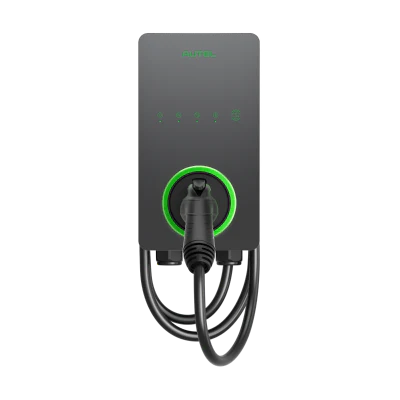
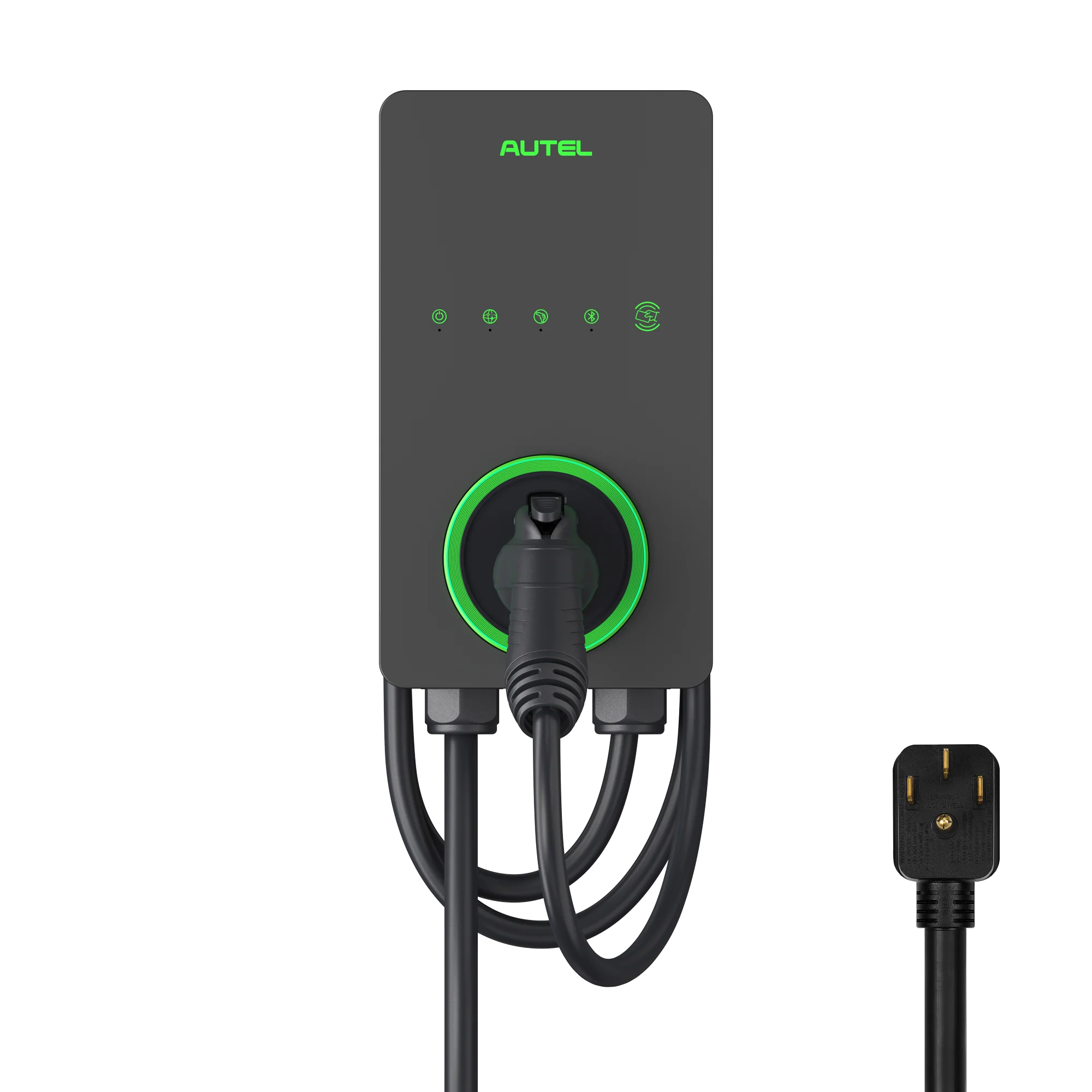
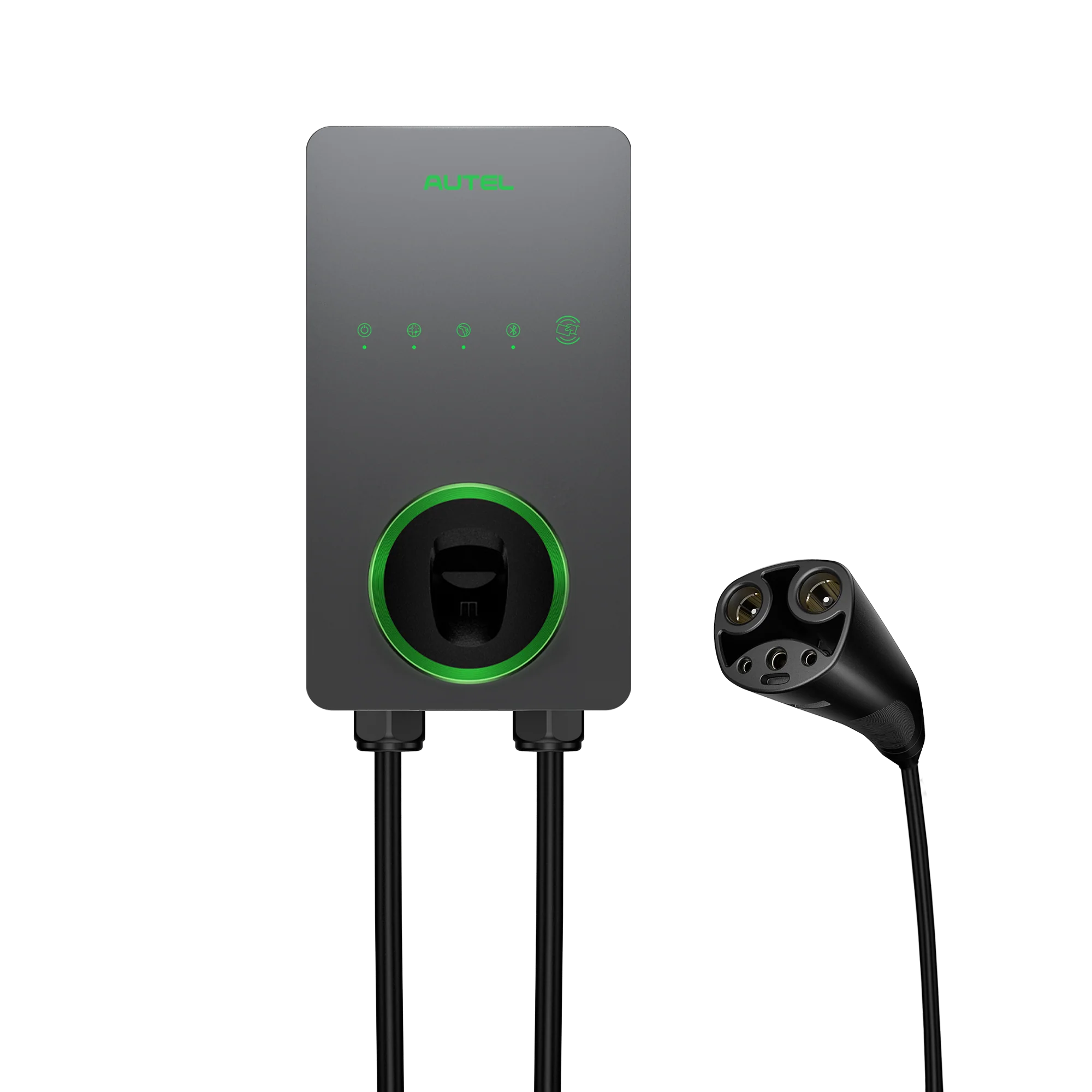
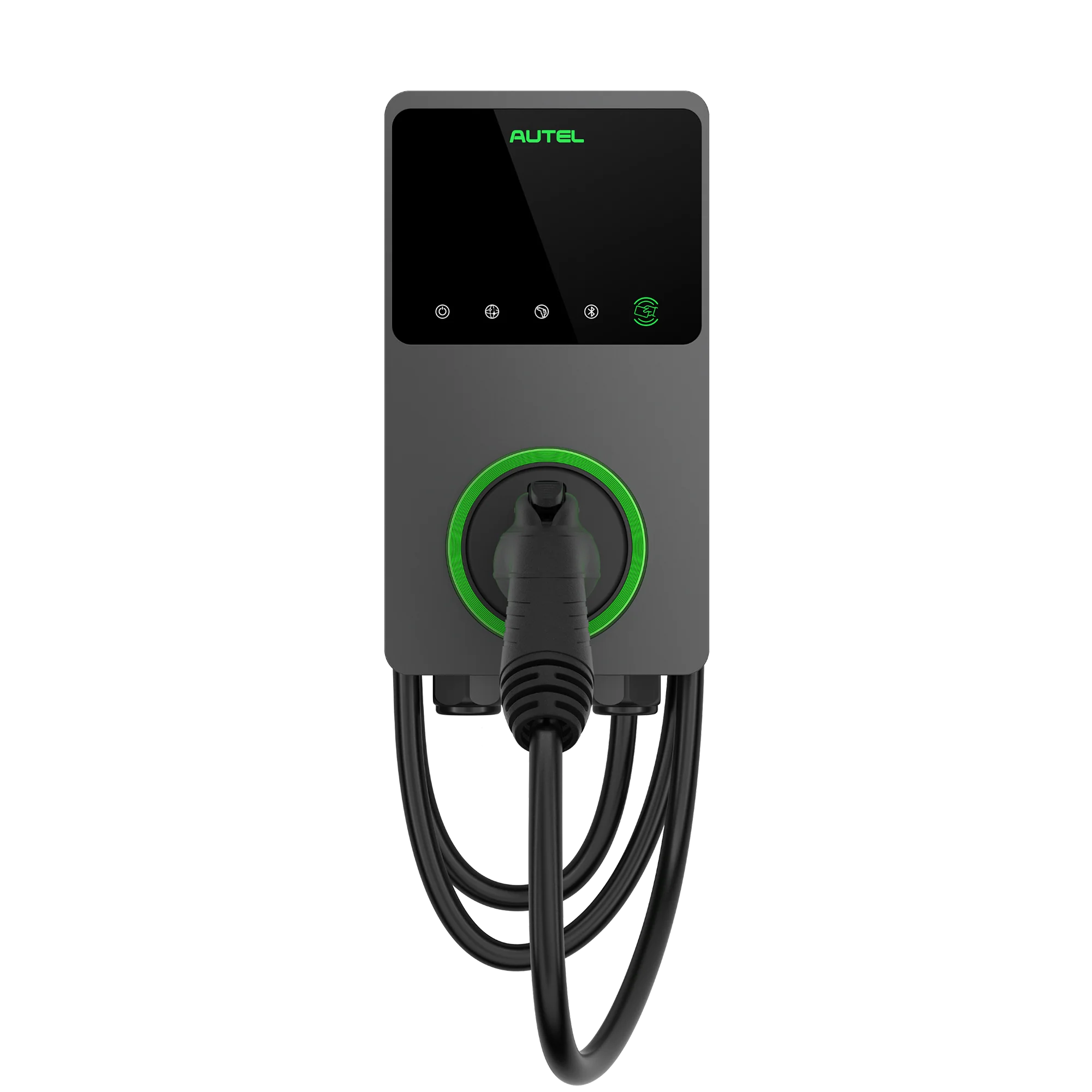
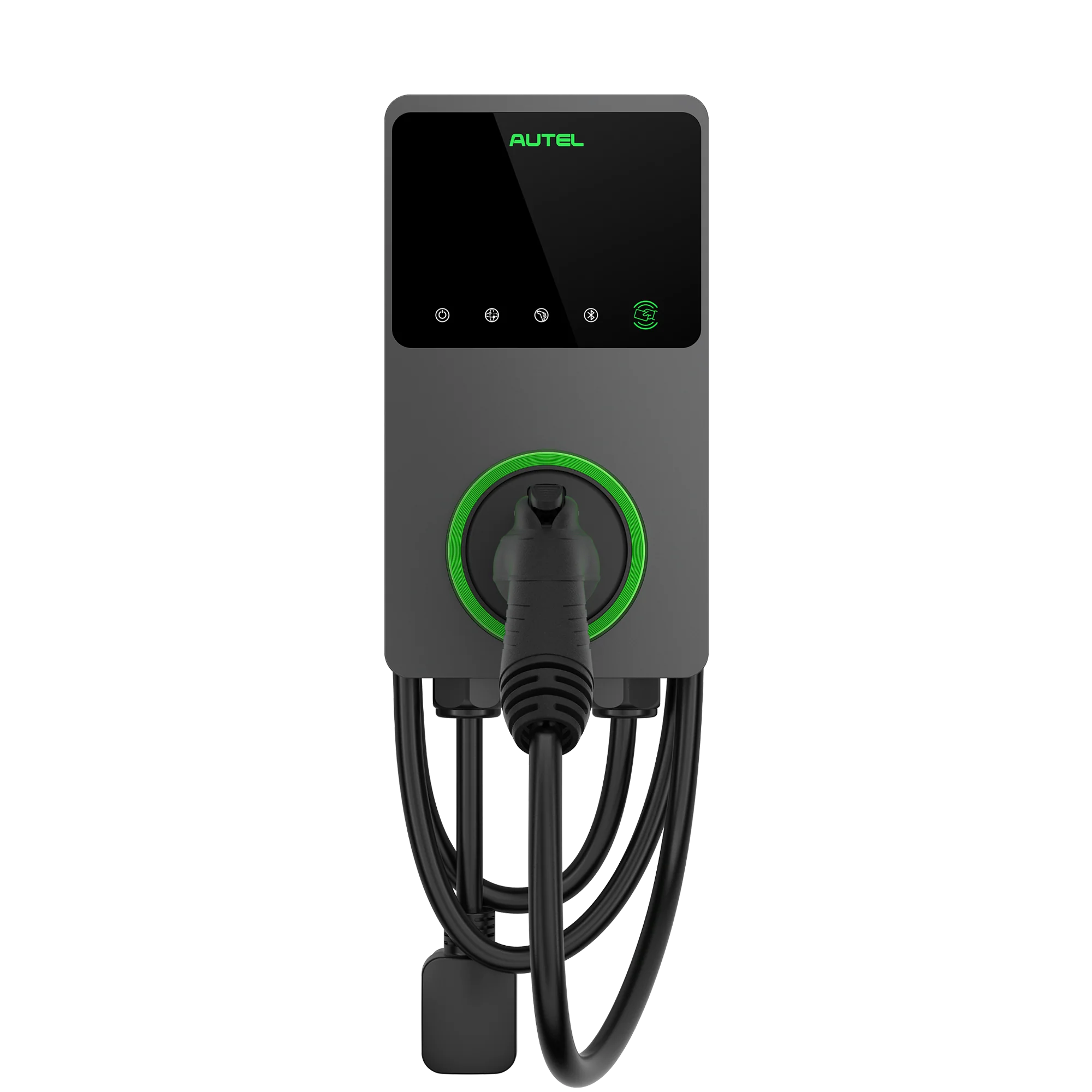

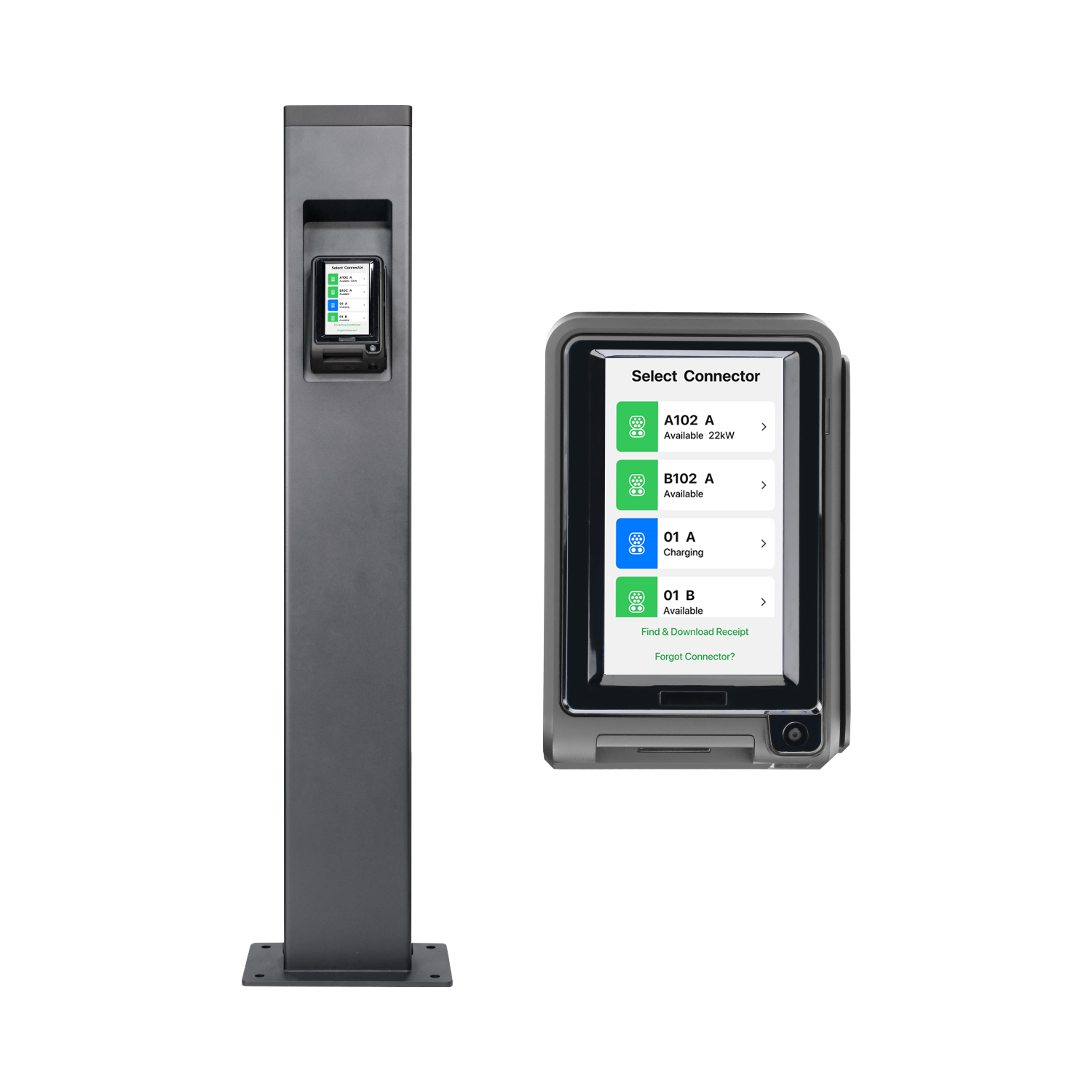
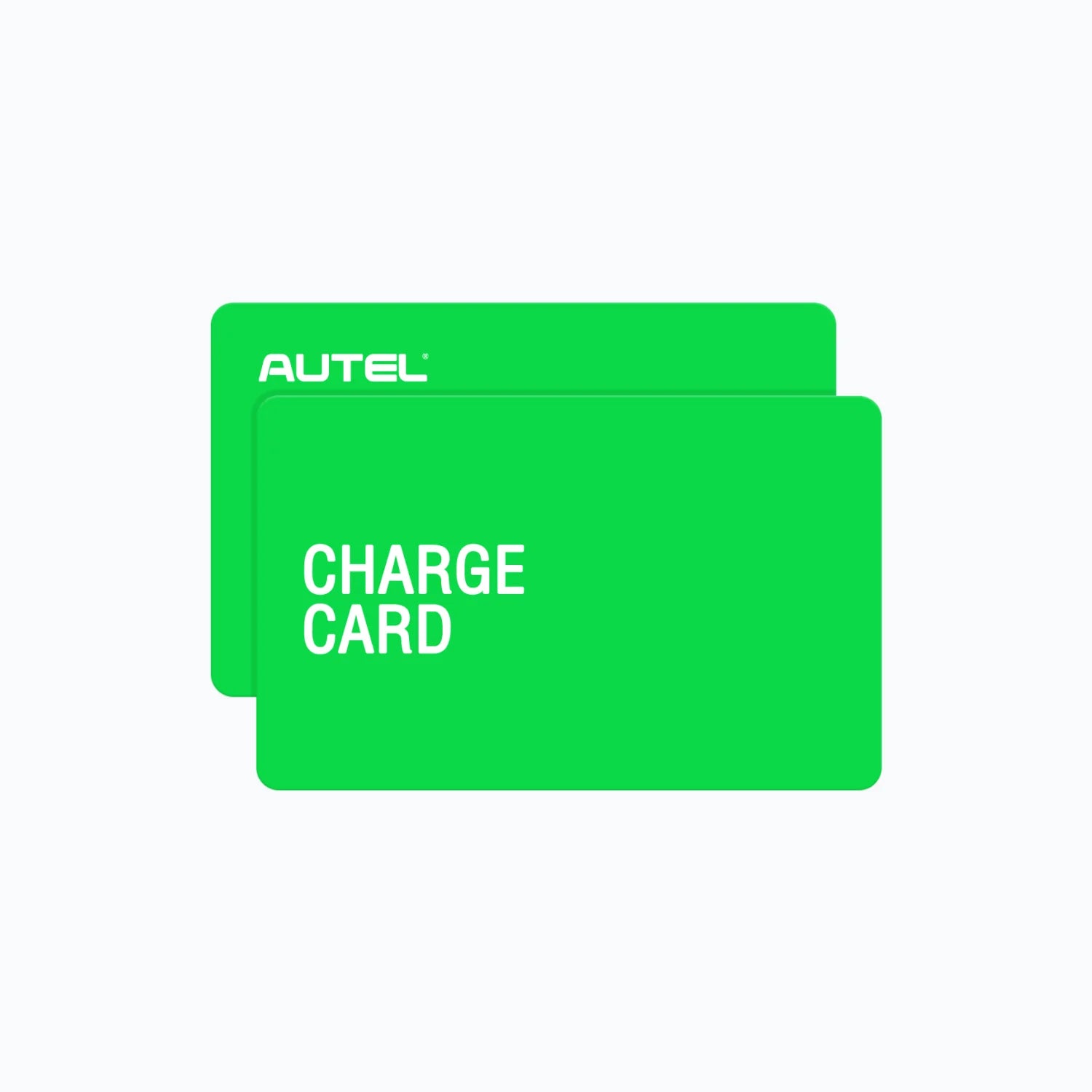
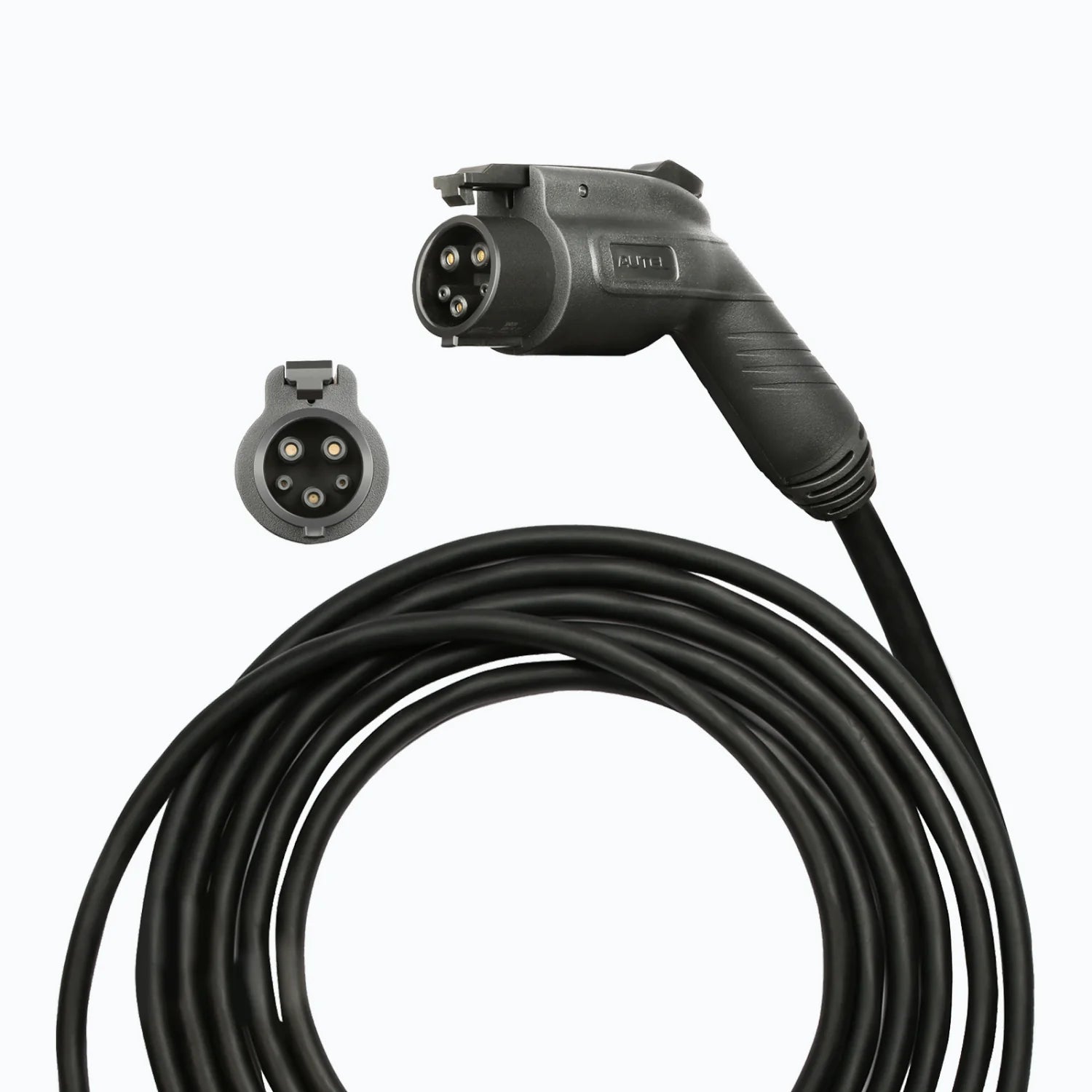
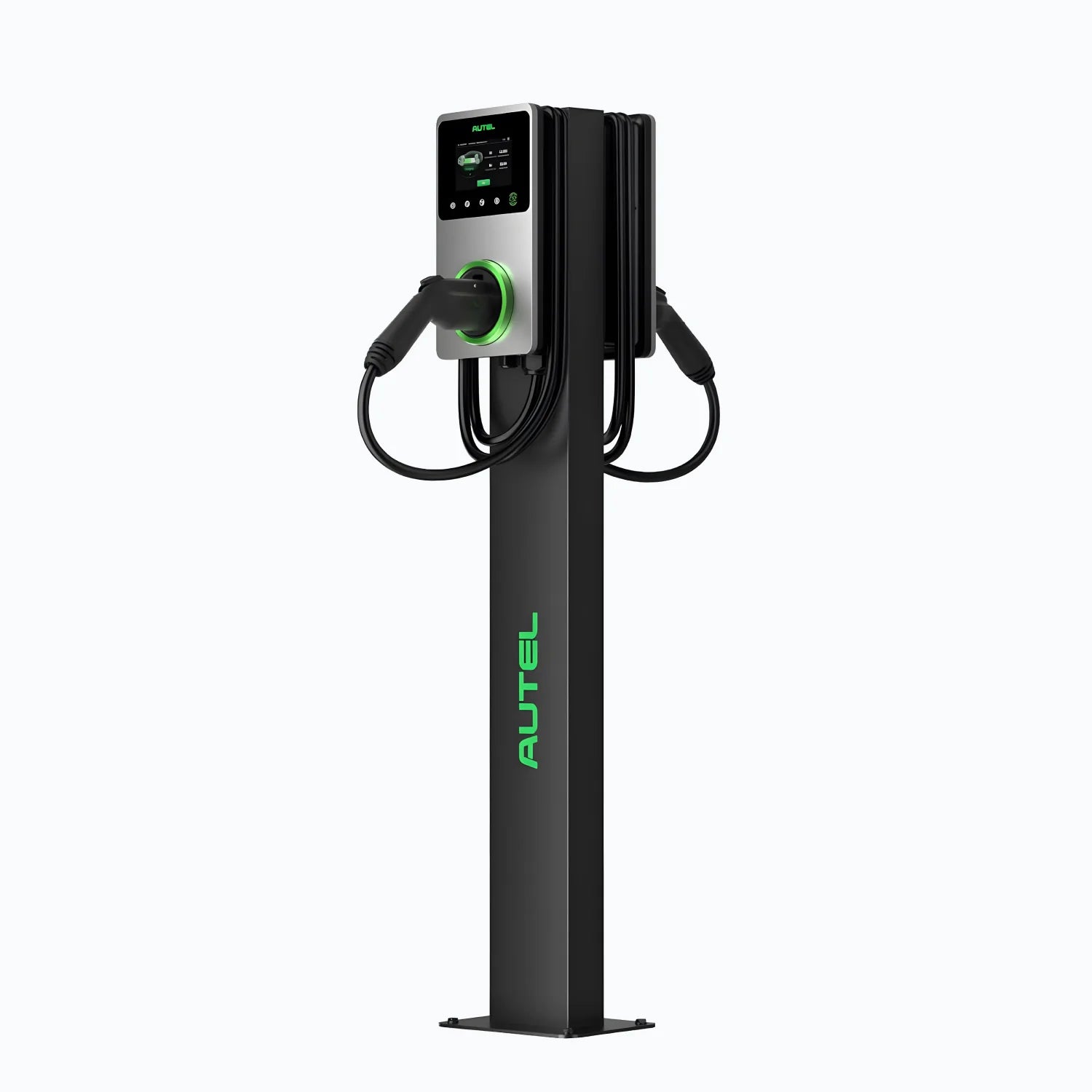
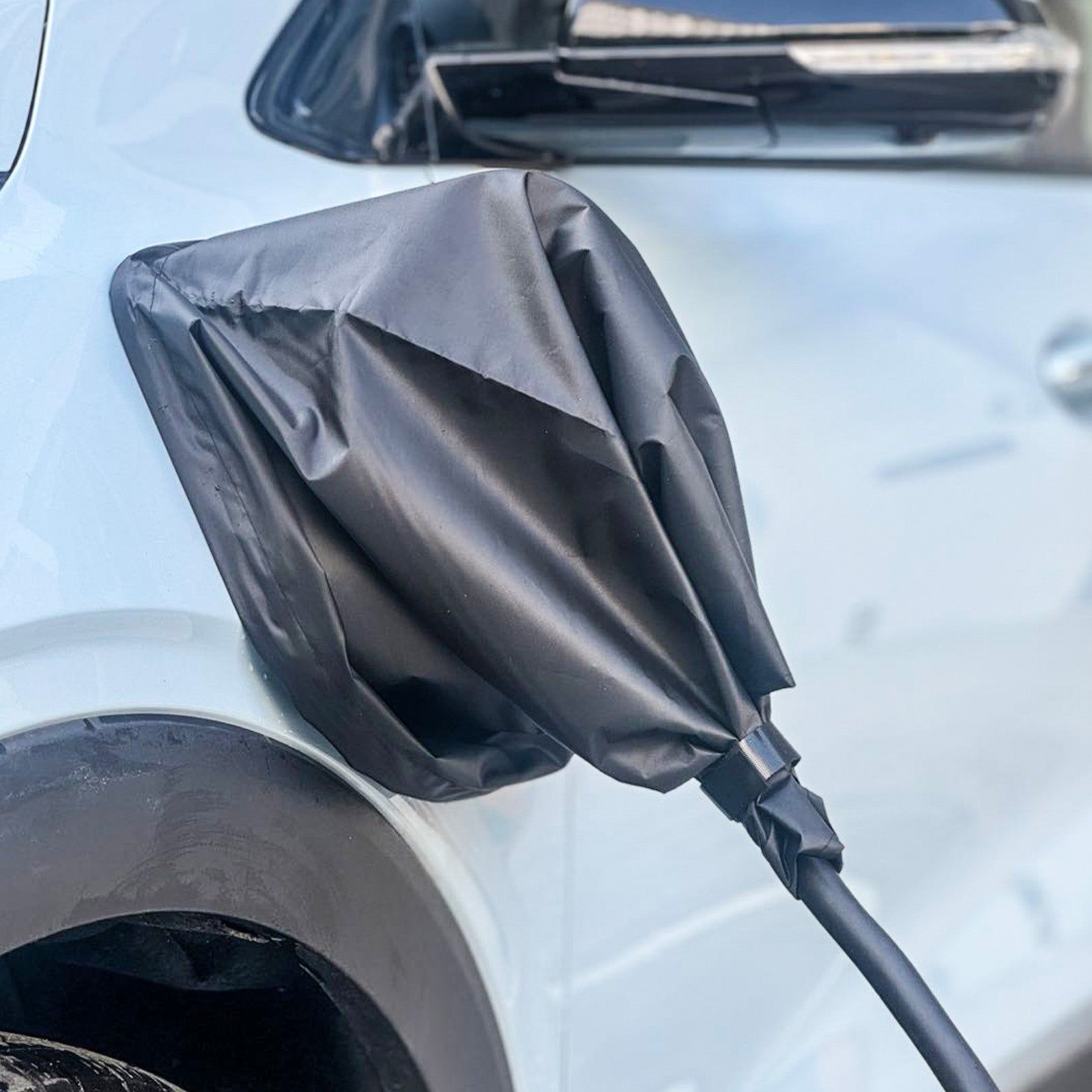
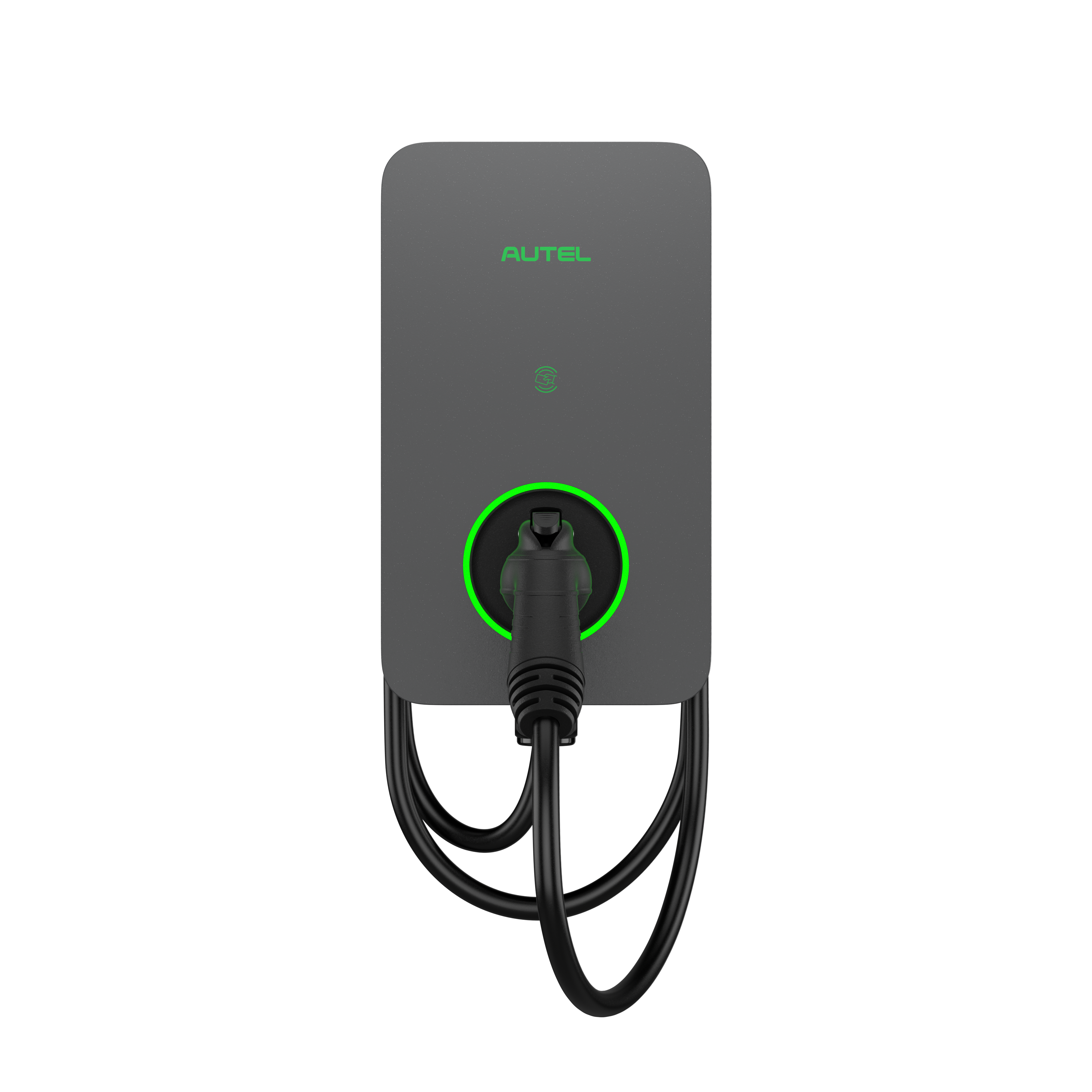
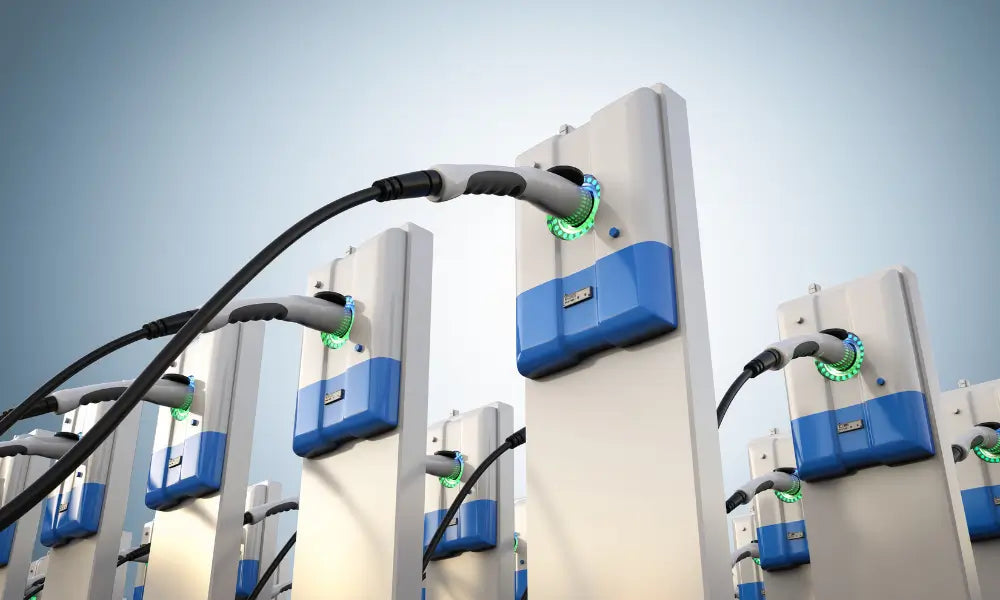
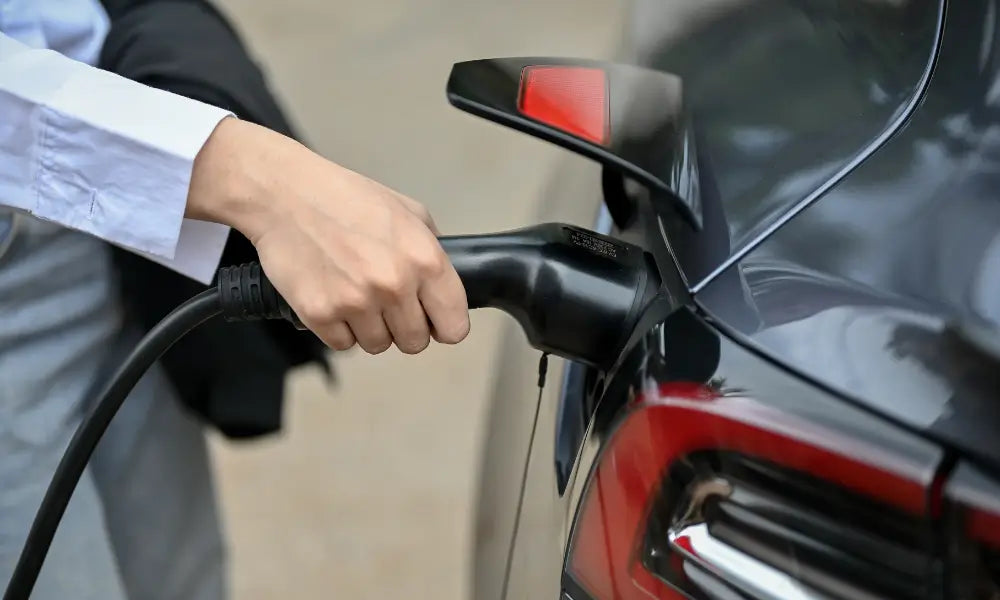
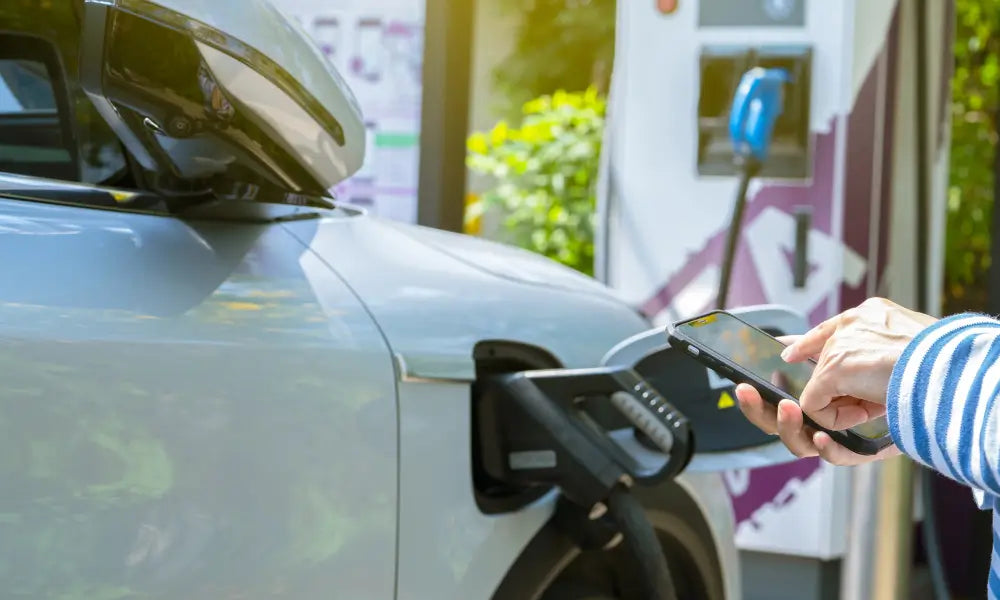
Dejar un comentario
Todos los comentarios se revisan antes de su publicación.
Este sitio está protegido por hCaptcha y se aplican la Política de privacidad de hCaptcha y los Términos del servicio.